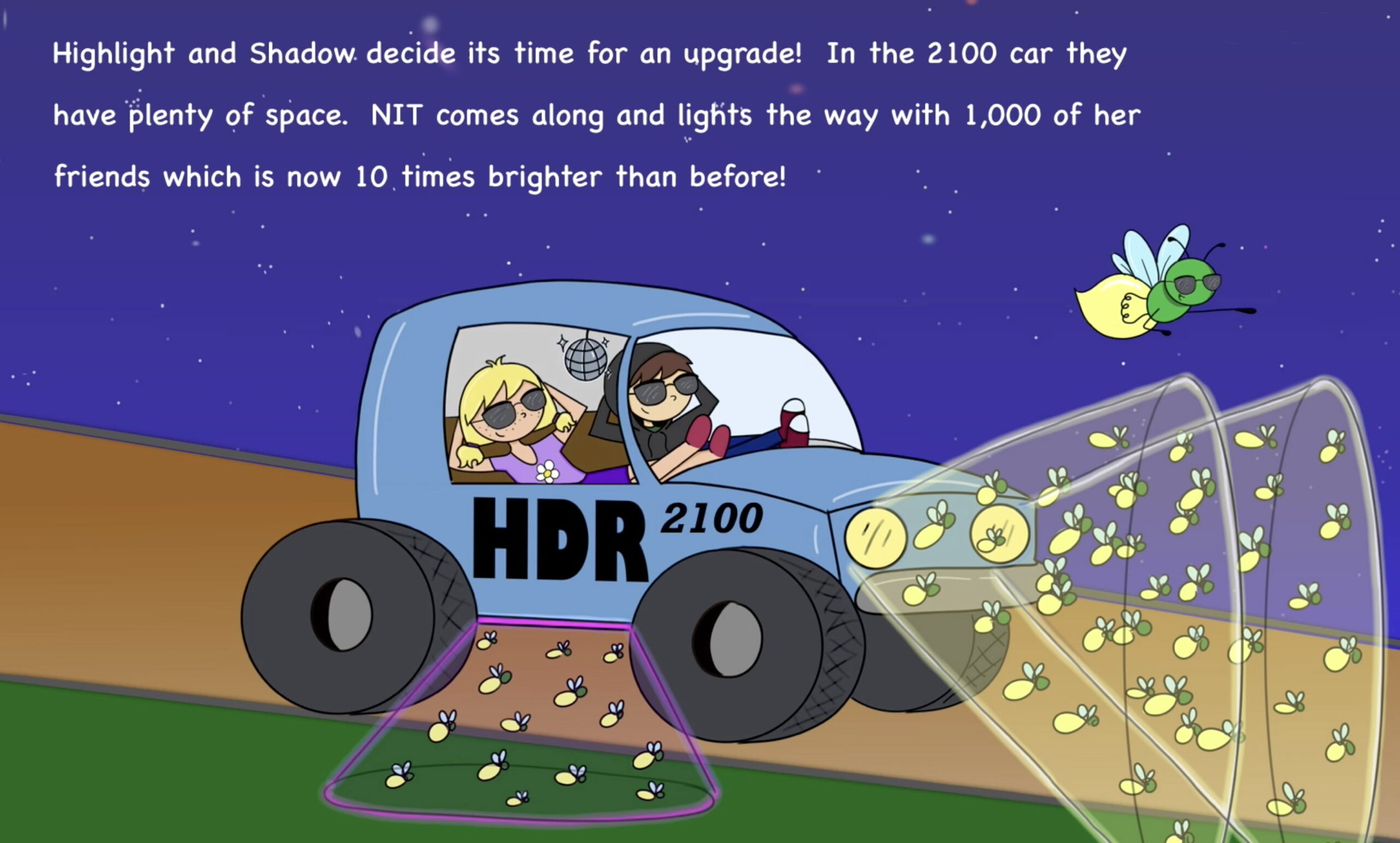It would be truly special if there was a knob-based solution for these issues, but a knob doesn’t even work for the first problem of increased volume (pardon the pun). To explain the reasons why goes into the gory details of reminding the reader that the difference between 80 watts of amplifier power and 100 watts of amplifier power is – at best – only 1dB of power at the speaker.
“At best” includes all the mitigating factors of distance and direction and absorption/reflection/phase that waves get tampered by. The effects of cable and connectors, the type of box that the speakers are in and the speakers themselves will determine whether adding more power at the front of the process will add significantly at the far end of the process (the audience’s ears), not only with quantity, but without making the quality worse.
And let’s not forget that an audience in thick winter clothing will hear something different than the mixer who was behind a flat reflective mixing console in comfortable clothes. Nor should we forget that the human hearing system doesn’t perceived all frequencies the same: for example, an increase of 2dB at 1kHz will require x power, but the same increase in perceived volume at 100Hz would require several times x power, and the lower the frequency the more power needed. See:Equal_Loudness_Contours and Phon.
The higher frequencies have their own problems getting through the perforations of the movie screen, but they also have problems with the sound waves that don’t make it through and which bounce back into the speaker that is busy producing the next waves. Increased level just increases phasing problems, and that ain’t the half of it. This and other facts are detailed in two papers in the December 2012 SMPTE Motion Imaging Magazine: Further Investigations Into the Interactions Between Cinema Loudspeakers and Screens and Can We Make Movie Theaters Sound Better and More Consistent? [Membership link]
So, there. Audio. From being able to hear a mosquito buzz at 3 meters, to understanding the roar of a jet engine (for not more than a slice of a second please…), that’s 15 orders of magnitude of sound pressure whether you measure it as Watts: 10-12 – 103 W/m2, or dB of Sound Intensity level (a logarithmic scale): 0 -150 dB, or in Pressure in Pa: 0.00002 to who knows…maybe 600 rms. What ever unit is used, what they are measuring is called Dynamic Range.
And just in case you were wondering, it isn’t much different for light. The amount of light that the human visual system can handle is defined by the sun (like the jet engine, not to be endured for not more than an extremely small slice of a second), which measures in at 1.6×109 cd/m2 at noon, while the dimmest that the eye can see, the threshold of vision, is 0.000003 cd/m2. Give or take an order of magnitude, sound and vision have much the same dynamic range. For both the ears and the eyes there are also a number of ranging mechanisms to protect the system while allowing this dynamic range – some physical, some chemical, some electronic.
Both sound and vision deal with waves and and a vary tight bandwidth of frequencies. It is these that we deal with when we design systems to play movies and sound in an auditorium. Fortunately they are spaced so far apart that they don’t interact with each other, but that is about the only benefit a scientist has when trying to reproduce stimulus recorded and stimulus played back. These waves interact and react differently at small differences in distance.
Which brings us to the end of Part One of this study. Further on we will look at what immersive audio systems and better screens and laser light engines are trying to solve – and it isn’t some conspiracy to put butts in seats and money in someone’s pocket. There are real problems with real compromises at every decision point. We’ll discuss speaker excursions and laser frequencies on the power curve in the next article.
